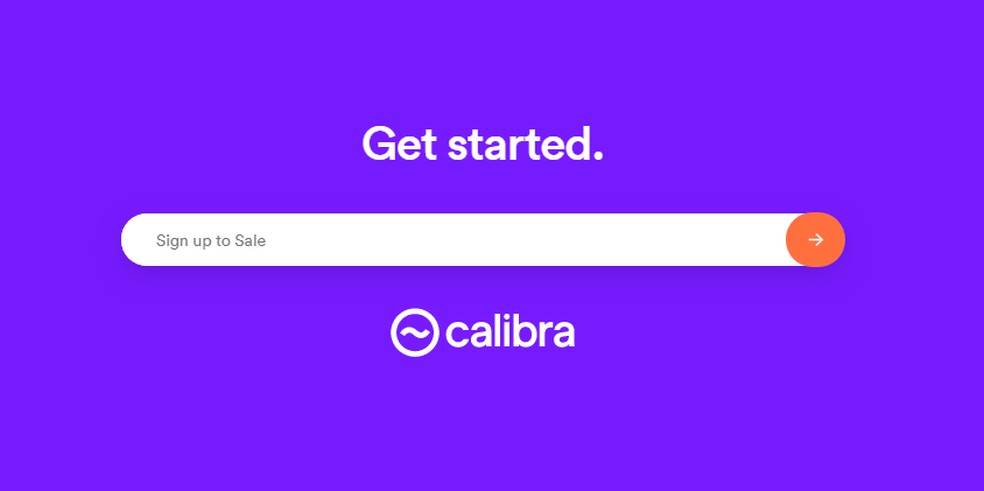The Libra virtual currency was announced by Facebook less than a month ago and is already targeted by a homographic scam. According to research published last week by security firm Digital Shadows, one day before the social network's declaration of cryptocurrency there were only 20 domains related to the Libra name. The day after Facebook's release, more than 110 new sites were registered using the word Libra. The intent of these sites is to mimic the association's authentic portal and induce victims to purchase the alleged cryptocurrency.
READ: Facebook may 'give money' to users soon; Look
The homographic scam applied to the Libra and Calibra (Facebook's new wallet for the new currency) ad takes advantage of the popularity of names to confuse Internet users with domains similar to those of the service's official website. In addition to the URL, the layout of fraudulent portals also mimics the original design for added accuracy. Remember that the authentic Libra address "libra.org".

Fraudulent website invites victim to sign up to use alleged Facebook wallet Photo: Reproduction / dnetc
Want to buy a cell phone, TV and other discounted products? Meet the Compare dnetc
Libra was announced in June by the Libra Association, which participates in Facebook and other well-known digital services, such as Uber and PayPal. Cryptocurrency is not the exclusive creation of the world's largest social network, but Zuckerberg's company has its own plans for Libra, such as the development of the Calibra virtual wallet. The service will have the specific purpose of managing cryptocurrency, enabling easy transactions and payments through company messengers such as Messenger and WhatsApp, for example.
The homographic scams detected by Digital Shadows make use of the currency's recent popularity to attract victims interested in the service. Fraudulent, but authentic-looking sites feature URLs with very close original variations, which confuses the user.
Some of the domains revealed by the cybersecurity company feature a similar layout to Libra's official website, and invite the visitor to purchase the alleged cryptocurrency. Other portals are already going through the Calibra virtual wallet, and suggest that the user enter the email to get the service.

Fake domain looks very similar to the official cryptocurrency website Photo: Reproduction / Gabrielle Ferreira
Most fake sites from this scam act as a network to hijack Ether, a cryptocurrency of the Ethereum blockchain. The fraudulent announcement suggests exchanging the currency for the equivalent amount in Pound and an increase of 25%, but upon completing the registration and making the transaction, the victim has the virtual currencies transferred to the fraudster's address.
Remember that Libra and Calibra will be officially launched only in 2020, so services are not yet available on the Internet for the general population. Libra, for example, at first only offers users the possibility to sign up for a newsletter informing them about the launch of the digital currency, without the possibility of using it today.
However, Digital Shadows indicates that not all domains were created with homographic scam or phishing intent. Private companies often buy URLs similar to their own to avoid reputation issues or user accidents when accessing the site. Thus, it is a common practice to register large business-like domains in the hope of profit if the institution wishes to buy the site in the future.

Antivrus identifies suspicious websites and warns users Photo: Reproduction / Gabrielle Ferreira
How to identify and protect yourself from homographic scams
Although these scams seem to be very real at first glance, it is possible to identify holes and flaws. One of the most effective tips for detecting fake websites is to pay attention to URL composition. In the case of homographic strokes, the domains have changed letters or letters more or less than the actual version.
For example, facebook (original version) would be replaced by facebok, faceebok, among other options. At first glance and with a quick read, these examples may go unnoticed by users, since the brain is used to associating that order of letters with a given word.
Another way to protect yourself is to see if the site you have accessed has a green lock in the upper left corner of the screen. If the domain does not have the appropriate security protocol, the browser displays a red lock or the phrase Not secure in the address bar. I need to proceed cautiously on unprotected sites.
The antivirus can also help detect homographic scams. When accessing non-secure pages, some software of this type issues a risk certificate, and allows the user to choose to ignore or leave the page. The recommended in these cases leave the site immediately.
Via Digital Shadows and BleepingComputer
Portfolio file in WhatsApp vrus? Ask questions on the dnetc forum.

How to choose a good antivirus
